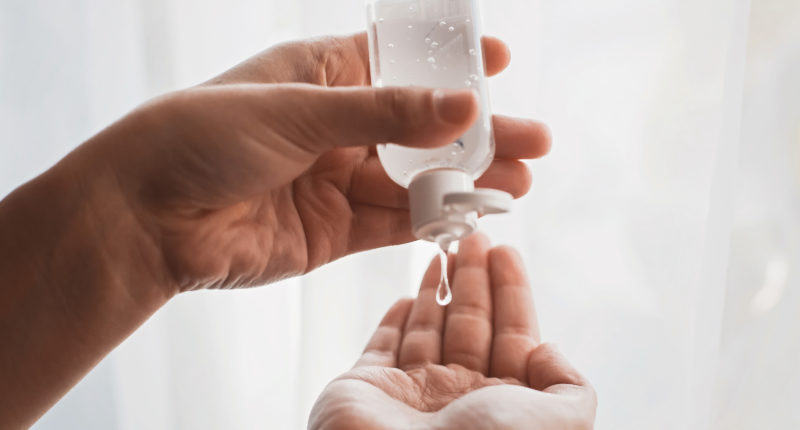The Finance Ministry said that lowering the Goods and Services Tax (GST) rate on hand sanitisers from 18% will lead to inverted duty structure and pose a disadvantage to importers and domestic producers.
The Finance Ministry released a statement saying that the sanitisers are disinfectants such as soaps and anti-bacterial liquids, both of which attract the usual 18% GST rate. The materials used in the manufacture of hand sanitisers such as chemicals, the facilities that go into it and even the packaging material incur an 18% tax.
The reduction in the tax rate on sanitisers would result in a situation where the tax levy on the finished product would be smaller than the taxes charged on inputs. This reduction will result in the producers being forced to refund the tax. This anomaly, known as the inverted duty structure, has been an issue for both central and state authorities. The unused input tax credit will continue to be a burden on local producers as well.
The Ministry also said that higher GST rates help to make the imports cheaper. It is against the Aatmanirbhar Bharat policy of the country. Also, customers will not benefit from the lower GST rate if domestic manufacturing suffers because of the inverted duty structure.
The manufacturer of hand sanitisers claims that 18% of GST was a big decision. Also, it is misleading that the government has decided to increase GST to 18% instead of lowering it. They hope that authorities can rethink and roll back their decision.
The clarification came out after the Goa bench of Advance Rulings Authority (AAR) has explicitly given its view that hand sanitisers are disinfectants and will attract 18% GST instead of 12%. Now, it’s up to the industry to embrace the government’s decision.
For any clarifications/feedback on the topic, please contact the writer at dvsr.anjaneyulu@cleartax.in
DVSR Anjaneyulu known as AJ, is a Chartered Accountant by profession. Loves to listening to music & spending time with family and friends.





